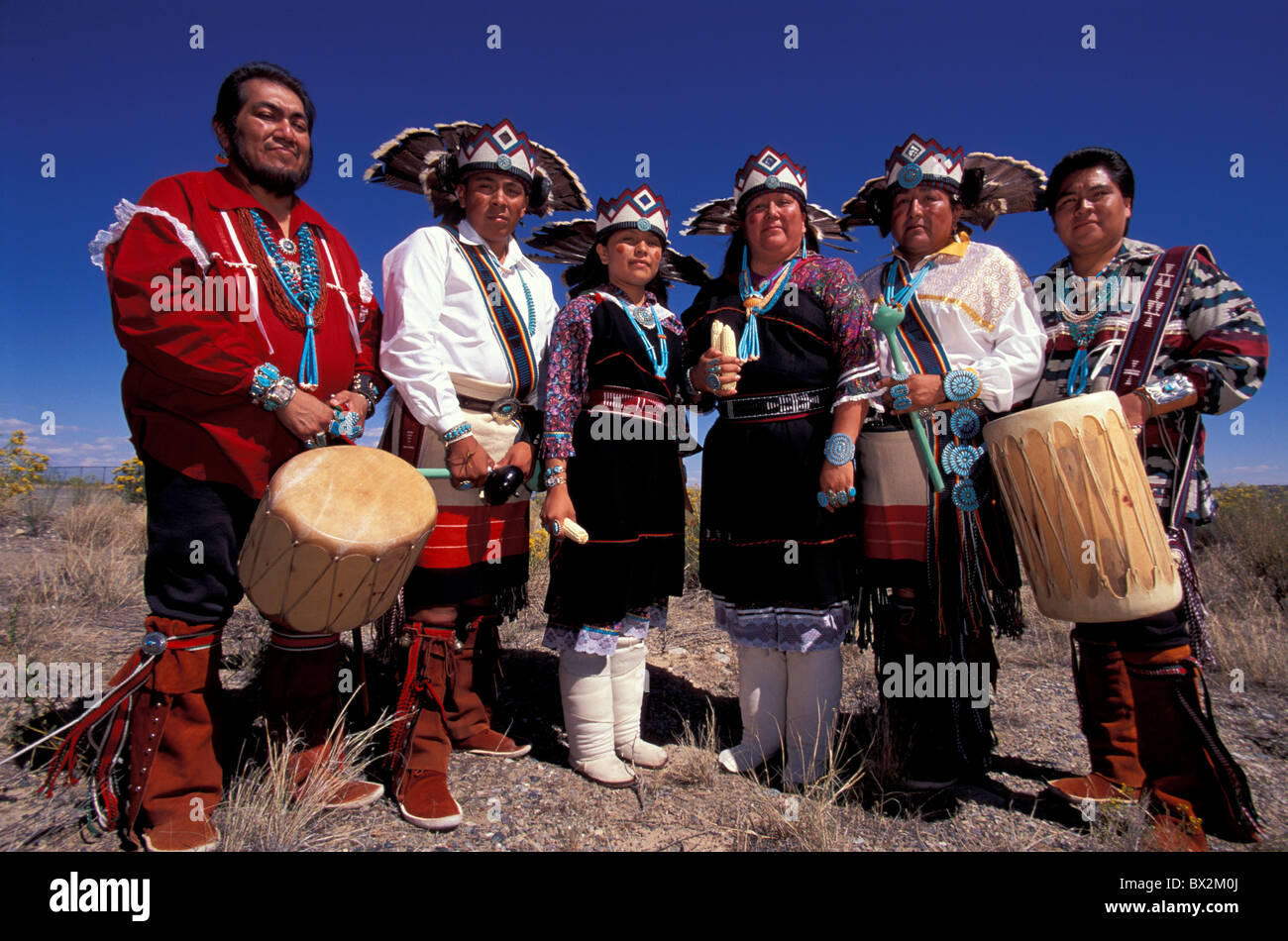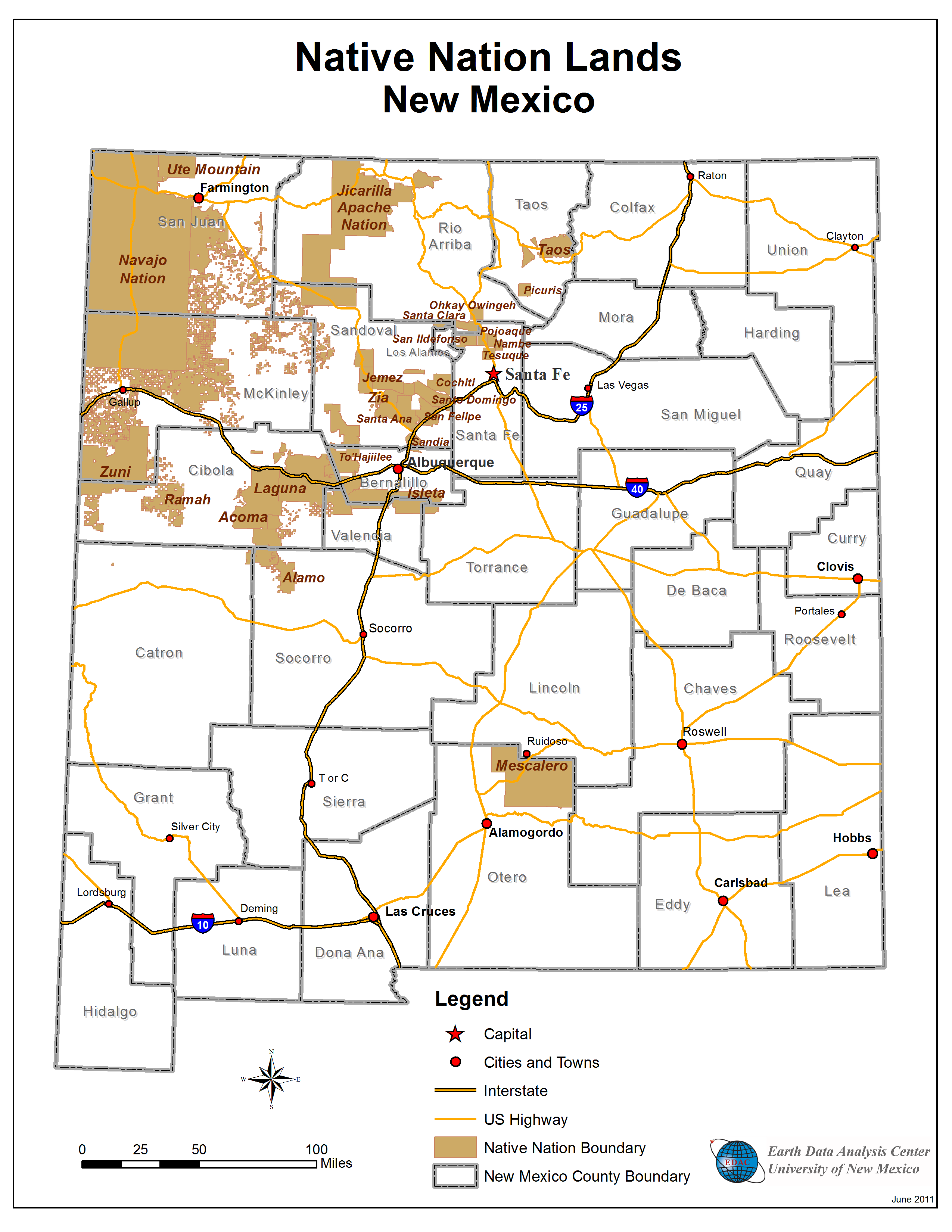
Guardians of the High Desert: The Enduring Legacy of New Mexico’s Native Nations
SANTA FE, NM – New Mexico, often called the "Land of Enchantment," is a tapestry woven with ancient traditions, rugged landscapes, and a profound Indigenous heritage that predates colonial encounters by millennia. More than 20 federally recognized Native American tribes call this high-desert state home, representing a vibrant mosaic of Pueblo, Navajo, and Apache cultures, each with its unique history, language, and spiritual practices. Their presence here is not merely historical; it is a living, breathing testament to resilience, sovereignty, and the enduring power of cultural identity in the face of centuries of change.
Unlike many other states where Indigenous populations were forcibly removed or decimated, New Mexico stands as a unique crucible where Native American communities have maintained a continuous and palpable presence. Their lands, often ancestral, are not just territories but sacred spaces, repositories of memory, and foundations for their future.

A Deep Rooted History: From Ancient Pueblos to Colonial Encounters
The story of Native Americans in New Mexico begins long before the arrival of Europeans. The Ancestral Puebloans, whose magnificent cliff dwellings and sophisticated urban centers like Chaco Canyon and Mesa Verde still awe visitors, laid the groundwork for the modern Pueblo nations. These early societies developed complex agricultural systems, intricate social structures, and rich spiritual traditions that revolved around their deep connection to the land and the cosmos.
When the Spanish conquistadors, led by Francisco Vásquez de Coronado, first arrived in 1540, they encountered thriving Pueblo communities, many of which had been continuously inhabited for centuries. The subsequent centuries of Spanish colonial rule were marked by both cultural exchange and brutal oppression. The Spanish sought to impose their religion and governance, often leading to forced labor and the suppression of Indigenous spiritual practices.
This era of subjugation culminated in the historic Pueblo Revolt of 1680. Led by Popé, a Tewa religious leader, the united Pueblo nations launched a coordinated uprising that successfully expelled the Spanish from New Mexico for 12 years – the only successful Indigenous revolt against a colonial power in North America. This remarkable act of unity and resistance remains a powerful symbol of Pueblo strength and self-determination.
The American era, following the Treaty of Guadalupe Hidalgo in 1848, brought a new set of challenges. Land disputes, resource exploitation, and attempts at forced assimilation by the U.S. government became common. For the Navajo (Diné) and Apache tribes, this period was marked by devastating conflicts and forced removals, most notably the "Long Walk" of the Navajo in the 1860s, where thousands were forcibly marched hundreds of miles to the Bosque Redondo internment camp. Yet, despite these profound traumas, these nations persevered, holding onto their languages, ceremonies, and worldviews.
The Pueblo Nations: Guardians of Ancient Traditions
Today, New Mexico is home to 19 federally recognized Pueblos, each an independent sovereign nation with its own government, land base, and distinct cultural practices. From the ancient multi-story adobe structures of Taos Pueblo, a UNESCO World Heritage site, to the mesa-top dwellings of Acoma Pueblo, often called "Sky City" and considered the oldest continuously inhabited settlement in North America, the Pueblos embody a profound continuity with their past.
"Our traditions are not relics; they are living, breathing guides for our future," explains Governor J. Michael Chavarria of Santa Clara Pueblo, articulating a common sentiment among Pueblo leaders. "They inform how we govern, how we care for our land, and how we educate our children."

Pueblo life is deeply intertwined with agricultural cycles, spiritual ceremonies, and communal responsibilities. Traditional dances, such as the Corn Dance or Deer Dance, are performed throughout the year, often open to respectful visitors, offering a glimpse into their vibrant spiritual life. Intricate pottery, weaving, and jewelry-making are not just artistic expressions but also economic lifelines, supporting families and preserving ancestral skills.
Economically, many Pueblos have diversified, leveraging their sovereignty to operate casinos, resorts, and cultural centers. Tourism plays a significant role, with many Pueblos welcoming visitors to their Feast Days and offering insights into their rich heritage, provided visitors adhere to specific cultural protocols, such as respecting privacy during sacred ceremonies.
The Diné (Navajo) Nation: A Vast and Resilient Homeland
Spanning over 27,000 square miles across New Mexico, Arizona, and Utah, the Navajo Nation is the largest Indigenous reservation in the United States, both in terms of land area and population. The Diné, as they call themselves, have a rich history marked by adaptability, innovation, and a profound connection to their vast, rugged landscapes.
The Navajo language, Diné Bizaad, played a crucial role in World War II, as the Navajo Code Talkers used their unwritten language to create an unbreakable code that was instrumental in Allied victories in the Pacific. This legacy remains a source of immense pride and a powerful reminder of their contributions to the nation.
Despite their size and rich cultural heritage, the Navajo Nation faces significant challenges, including high rates of poverty, limited access to clean water and electricity in remote areas, and the lingering environmental and health impacts of past uranium mining on their lands. Yet, the Diné are actively working to overcome these hurdles, investing in renewable energy projects, promoting small business development, and revitalizing their language and cultural programs.
"We are still here, resilient, adapting, and growing," says Myron Lizer, former Vice President of the Navajo Nation. "Our strength comes from our people, our culture, and our commitment to our land. We are building a future that honors our past."
The Apache Tribes: Warriors, Stewards, Innovators
New Mexico is also home to two distinct Apache tribes: the Mescalero Apache Nation and the Jicarilla Apache Nation. Historically known for their fierce independence and warrior traditions, the Apache peoples adapted to the diverse landscapes of the Southwest, from the mountains to the plains.
The Mescalero Apache Nation, located in south-central New Mexico, has transformed its traditional homelands into a thriving economic hub. They own and operate the successful Inn of the Mountain Gods Resort and Casino, along with Ski Apache, one of the southernmost ski resorts in the U.S. These ventures not only provide employment but also fund essential tribal services, healthcare, and educational programs. Their cultural events, such as the annual Mescalero Apache Maidens Puberty Ceremony, are sacred and deeply rooted in their ancestral practices.
Further north, the Jicarilla Apache Nation, whose lands are primarily in northern New Mexico, have leveraged their natural resources, including oil and gas, for economic development. They also maintain strong traditions of hunting, fishing, and ranching, reflecting their close connection to the land.
"Our mountains are our cathedrals, our history is etched in every peak and valley," states a representative from the Mescalero Apache Nation. "We have learned to innovate while holding fast to the wisdom of our ancestors."
Challenges and Triumphs: Sovereignty in the 21st Century
Despite their remarkable endurance and progress, New Mexico’s Native American tribes continue to confront significant challenges. Socioeconomic disparities persist, including higher rates of poverty, limited access to healthcare, and educational gaps. Many communities struggle with inadequate infrastructure, including reliable internet access, which became acutely apparent during the COVID-19 pandemic.
Water rights, particularly in an arid state like New Mexico, remain a contentious issue, with tribes often fighting to secure their fair share of resources for their communities and agricultural needs. The legacy of colonialism also manifests in ongoing battles against cultural appropriation and the need for greater understanding and respect from the wider society.
Yet, the story of Native Americans in New Mexico is overwhelmingly one of triumph. Their assertion of sovereignty is at the forefront of their progress. Tribal governments are exercising their inherent rights to self-governance, developing their economies, protecting their environments, and shaping their own futures. Language revitalization programs are flourishing, ensuring that ancestral tongues continue to be spoken by new generations. Cultural centers and museums are preserving and sharing their narratives, often correcting historical inaccuracies.
Indigenous voices are increasingly prominent in state and national politics, advocating for policies that support tribal nations and reflect their unique perspectives. Initiatives to promote sustainable development, address climate change, and protect sacred sites are gaining momentum, guided by Indigenous knowledge systems that emphasize stewardship and balance.
A Future Woven from Ancient Threads
New Mexico’s identity is inextricably linked to its Native American communities. They are not just a part of its past but a dynamic and vital force shaping its present and future. Their continued presence, their deep spiritual connection to the land, and their unwavering commitment to their cultural identities offer profound lessons in resilience, adaptability, and the enduring power of community.
As the sun sets over the ancient mesas and vibrant pueblos, casting long shadows across lands tended for millennia, one is reminded that the story of New Mexico’s Native nations is far from over. It is a story of ongoing creation, a testament to the human spirit’s capacity to endure, adapt, and flourish, forever guardians of the high desert and its timeless enchantments.


